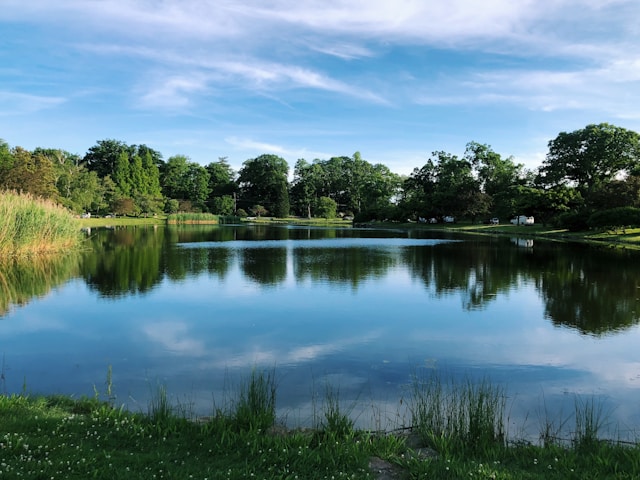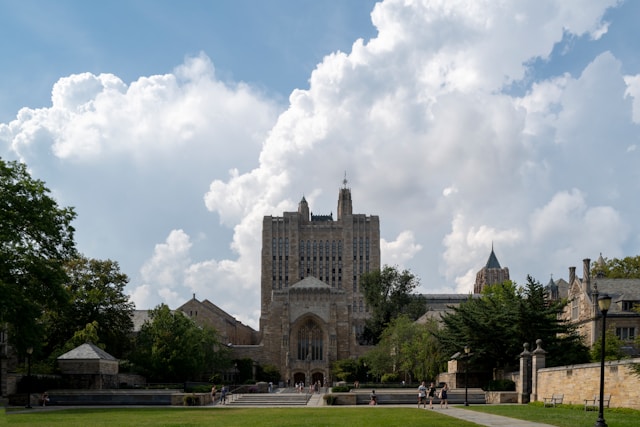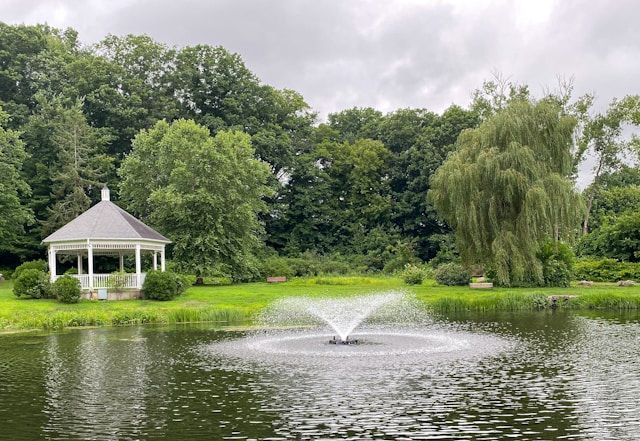Nestled in the eastern part of Connecticut, the quiet village of Storrs has been home to the prestigious University of Connecticut since 1881. What began as the modest Storrs Agricultural School has evolved into one of the top public universities in the nation, transforming this small community into a vibrant educational hub. The University of Connecticut chose Storrs as its home because of a generous land donation from Charles and Augustus Storrs, who gifted 170 acres of farmland specifically for an agricultural school to serve Connecticut’s rural population.
Today, UConn’s main campus sprawls across this picturesque New England setting, located strategically halfway between New York City and Boston. The university has become the dominant feature of Storrs, both economically and demographically. With over 15,000 residents as of 2020, this census-designated place pulses with academic energy, offering visitors a unique blend of rural charm and intellectual vigor.
Get a discount of 15% to 70% on accommodation in Connecticut! Look for deals here:
Connecticut Hotels, Apartments, B&Bs
The relationship between Storrs and UConn represents a perfect example of how a public land-grant research university can shape and define its surrounding community. While initially focused on teaching practical farming skills, UConn has expanded dramatically to include diverse programs in social work, nursing, and graduate studies, all while maintaining its deep connection to the Storrs community that has supported it for over 130 years.
Historical Development of UConn
The University of Connecticut’s journey from a small agricultural school to a top public research university spans over 140 years of growth and transformation. This remarkable evolution reflects Connecticut’s commitment to public higher education and strategic investment in its flagship university.
From Storrs Agricultural School to National Recognition
The institution began as Storrs Agricultural School in 1881, when the Connecticut General Assembly established it as a small farming school. Initially serving just a handful of students, the school’s early focus was purely agricultural education.
The school underwent several name changes that reflected its expanding mission. In 1893, it became Storrs Agricultural College, then Connecticut Agricultural College in 1899, and Connecticut State College in 1933.
A pivotal moment came on July 1, 1939, when the institution officially became the University of Connecticut. This name change wasn’t merely cosmetic—it acknowledged the institution’s evolution into a comprehensive university with broader academic offerings beyond agriculture.
Expansion and Transformation Through Time
The university experienced significant growth following World War II, as returning veterans using the GI Bill swelled enrollment. New academic programs, buildings, and research initiatives transformed the campus landscape.
The 1960s and 1970s brought further expansion with new regional campuses established throughout Connecticut, extending UConn’s educational reach beyond Storrs. The Health Center in Farmington, opened in the 1970s, added medical and dental schools to UConn’s portfolio.
Athletics played an important role in building UConn’s national profile, especially beginning in the 1990s. The success of both men’s and women’s basketball programs brought unprecedented visibility to the university.
By the late 20th century, UConn had transformed from a regional institution to one with national repute, attracting students and faculty from across the country and worldwide.
Strategic Investment Initiatives
In 1995, Connecticut launched UConn 2000, a $1 billion initiative to rebuild, renew, and enhance the university’s infrastructure. This program dramatically modernized campus facilities, supporting UConn’s academic ambitions.
Following UConn 2000’s success, 21st Century UConn continued the momentum with another $1.3 billion investment between 2005 and 2015. These funds further upgraded academic facilities, research laboratories, and student housing.
In 2013, the state launched Next Generation Connecticut, a $1.5 billion program focusing on expanding STEM education, increasing enrollment, and building cutting-edge facilities. This initiative represented Connecticut’s commitment to positioning UConn as a leader in research and innovation.
These strategic investments have physically transformed the Storrs campus and elevated UConn’s academic standing, helping it rise in national rankings of public universities and attract top students and faculty from across the globe.
UConn’s Role in Education and Research
The University of Connecticut stands as a powerful educational and research force in New England, transforming Connecticut through academic excellence, groundbreaking research, and athletic achievements that unite communities.
Academic Landscape and Programs
UConn offers a diverse array of academic programs spanning engineering, humanities, social sciences, and bioscience. The university has built particularly strong reputations in engineering and health sciences, attracting students from across the globe.
The Neag School of Education has a rich history dating back to 1940 when it was established as part of the university’s expansion beyond its agricultural roots. Today, it operates from the Charles B. Gentry Building on the Storrs campus.
Students benefit from UConn’s evolution from its humble beginnings as the Storrs Agricultural School in 1881 to one of America’s top public research universities. This transformation reflects the institution’s commitment to providing relevant education that meets society’s changing needs.
The campus creates a vibrant learning environment where innovation thrives across disciplines. The Connecticut Repertory Theatre exemplifies UConn’s commitment to arts education, providing performance opportunities for students while enriching the cultural landscape.
Research Contributions and Partnerships
UConn’s research initiatives address critical societal challenges through interdisciplinary collaboration. The UConn Research program conducts groundbreaking work developing new solutions for patients, industry, and society.
The university’s Research Excellence Program (REP) focuses on projects with strong potential to stand out as excellent both within and beyond their disciplines, enhancing UConn’s reputation for innovative research and creative activities. This program encourages proposals across all disciplines.
UConn Health Center and John Dempsey Hospital form the cornerstone of the university’s medical research and training facilities. Their partnership with Jackson Laboratory has strengthened Connecticut’s position in genomic medicine and bioscience innovation.
Athletic Achievements and Community Impact
The UConn Huskies have built legendary athletic programs that unite the state in pride and celebration. Basketball stands as the university’s most prominent sport, with both men’s and women’s teams achieving remarkable success.
The women’s basketball program has set the standard for excellence in collegiate sports, capturing multiple NCAA Championship titles. Similarly, the men’s team has claimed several national championships, cementing UConn’s reputation as a basketball powerhouse.
Beyond basketball, other sports have achieved notable success. The women’s field hockey team won its first NCAA Championship, marking the first UConn women’s team sport to achieve this distinction.
Football games at the 40,000-seat stadium in East Hartford bring together alumni, students, and Connecticut residents. As Big East Conference members, the Huskies compete at the highest levels of NCAA Division I athletics.
These athletic achievements create a strong sense of community and identity that extends far beyond campus boundaries.
Get a discount of 15% to 70% on accommodation in Connecticut! Look for deals here:
Connecticut Hotels, Apartments, B&Bs








